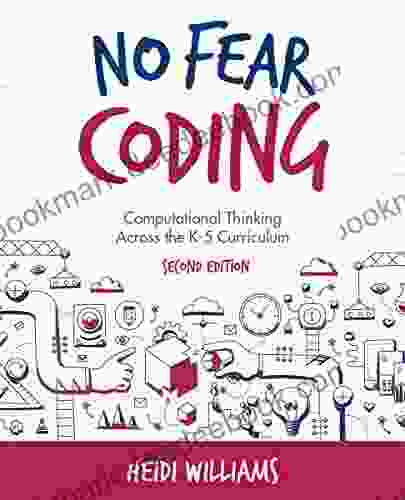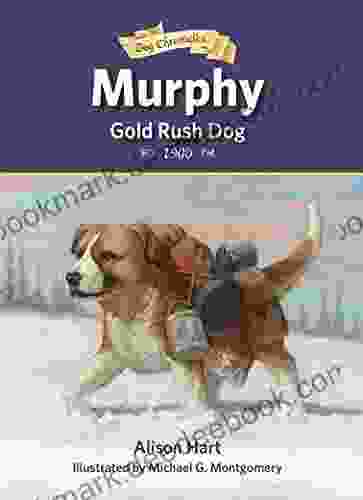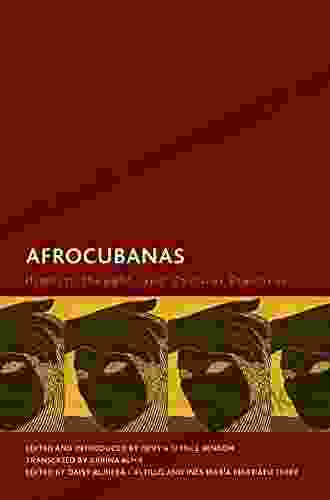Computational Thinking Across the Curriculum: A Comprehensive Guide for Educators

What is Computational Thinking?
Computational thinking is a problem-solving approach that involves breaking down a problem into smaller, more manageable parts, and then developing a set of instructions or algorithms to solve the problem. It is a powerful way to solve problems in any subject area, and it can help students develop important skills such as critical thinking, creativity, collaboration, and communication.
4.2 out of 5
| Language | : | English |
| File size | : | 13305 KB |
| Text-to-Speech | : | Enabled |
| Screen Reader | : | Supported |
| Enhanced typesetting | : | Enabled |
| Word Wise | : | Enabled |
| Print length | : | 229 pages |
Why is Computational Thinking Important?
Computational thinking is important for students in today's world for a number of reasons. First, it is a valuable problem-solving skill that can be applied to any subject area. Second, it helps students develop important skills such as critical thinking, creativity, collaboration, and communication. Third, it prepares students for the future workforce, where computational thinking skills are in high demand.
How to Integrate Computational Thinking into the Curriculum
There are many ways to integrate computational thinking into the curriculum. One way is to use computational thinking tools and activities to teach students how to solve problems. Another way is to use computational thinking concepts to design and develop new projects and activities.
Here are some specific examples of how to integrate computational thinking into each subject area:
- Math: Use computational thinking to solve math problems, such as finding the area of a triangle or the volume of a sphere. Students can also use computational thinking to create their own math games and activities.
- Science: Use computational thinking to design and conduct science experiments. Students can also use computational thinking to analyze data and draw s.
- Social studies: Use computational thinking to create timelines, maps, and other visualizations of historical events. Students can also use computational thinking to analyze data and draw s about the past.
- Language arts: Use computational thinking to analyze text, write stories, and create presentations. Students can also use computational thinking to develop new ways to communicate and collaborate.
- Art: Use computational thinking to create digital art, design websites, and develop video games. Students can also use computational thinking to explore the intersection of art and technology.
Computational thinking is a powerful problem-solving approach that can be applied to any subject area. It is a valuable skill for students in today's world, and it can help them develop important skills such as critical thinking, creativity, collaboration, and communication. By integrating computational thinking into the curriculum, educators can help students succeed in school and prepare them for the future workforce.
Here are some additional resources for educators on computational thinking:
- Code.org
- Khan Academy
- STEMscopes
**Alt attribute for the image:**
A group of students working together on a computer. They are all smiling and look engaged in their work.
**Long tail title:**
Computational Thinking Across the Curriculum: A Comprehensive Guide for Educators on Integrating Computational Thinking Skills into Lessons
4.2 out of 5
| Language | : | English |
| File size | : | 13305 KB |
| Text-to-Speech | : | Enabled |
| Screen Reader | : | Supported |
| Enhanced typesetting | : | Enabled |
| Word Wise | : | Enabled |
| Print length | : | 229 pages |
Do you want to contribute by writing guest posts on this blog?
Please contact us and send us a resume of previous articles that you have written.
 Book
Book Novel
Novel Page
Page Genre
Genre Reader
Reader Library
Library Paperback
Paperback E-book
E-book Newspaper
Newspaper Paragraph
Paragraph Sentence
Sentence Bookmark
Bookmark Shelf
Shelf Glossary
Glossary Bibliography
Bibliography Foreword
Foreword Synopsis
Synopsis Footnote
Footnote Manuscript
Manuscript Codex
Codex Tome
Tome Classics
Classics Biography
Biography Character
Character Resolution
Resolution Librarian
Librarian Borrowing
Borrowing Archives
Archives Study
Study Scholarly
Scholarly Lending
Lending Reserve
Reserve Special Collections
Special Collections Literacy
Literacy Study Group
Study Group Thesis
Thesis Storytelling
Storytelling Awards
Awards Reading List
Reading List Theory
Theory Anthony Pell
Anthony Pell Hallie Bradley
Hallie Bradley Lin Wellford
Lin Wellford Whitney Strub
Whitney Strub Kristyne Czepuryk
Kristyne Czepuryk Joshua Holmes
Joshua Holmes Francis S Barry
Francis S Barry Esther E Schmidt
Esther E Schmidt Patrick Tierney Wild
Patrick Tierney Wild Blair Bancroft
Blair Bancroft Erwin Chemerinsky
Erwin Chemerinsky Muhammad Rafique
Muhammad Rafique Craig R Semsel
Craig R Semsel Lawrence Mcfadden
Lawrence Mcfadden Anonym
Anonym Ed Sobey
Ed Sobey Brit W Anders
Brit W Anders Hamilton Wright Mabie
Hamilton Wright Mabie David Daley
David Daley Nicola Reeder
Nicola Reeder
Light bulbAdvertise smarter! Our strategic ad space ensures maximum exposure. Reserve your spot today!
 Barry BryantFollow ·18.8k
Barry BryantFollow ·18.8k Steve CarterFollow ·18.2k
Steve CarterFollow ·18.2k Marc FosterFollow ·8.6k
Marc FosterFollow ·8.6k Hayden MitchellFollow ·4.6k
Hayden MitchellFollow ·4.6k Brian BellFollow ·14.6k
Brian BellFollow ·14.6k Jaylen MitchellFollow ·12k
Jaylen MitchellFollow ·12k Mikhail BulgakovFollow ·16.9k
Mikhail BulgakovFollow ·16.9k Wayne CarterFollow ·5.7k
Wayne CarterFollow ·5.7k

 Oscar Wilde
Oscar WildeDon't Stop Thinking About the Music: Exploring the Power...
Music is an...

 Floyd Richardson
Floyd RichardsonSnowman Story Problems Math With Santa And Friends
It's a cold winter day, and...
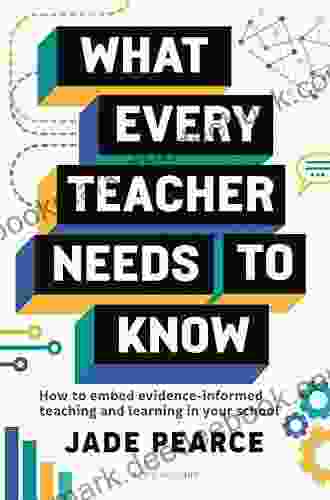
 W. Somerset Maugham
W. Somerset MaughamWhat Every Classroom Teacher Needs To Know: A...
Teaching is a challenging...
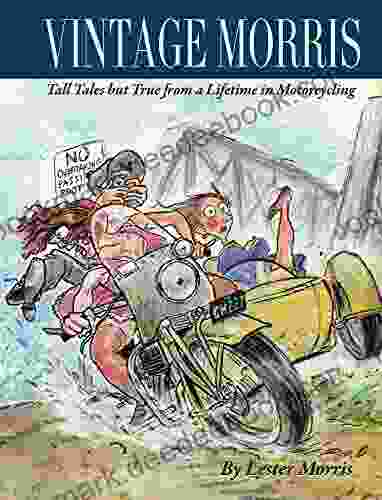
 Edgar Cox
Edgar CoxTall Tales But True: A Lifetime of Motorcycling...
I've been riding motorcycles for over 50...
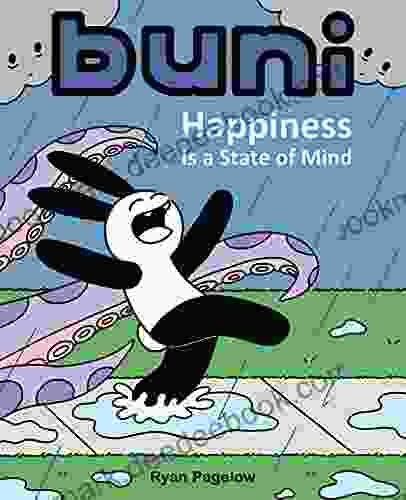
 Chinua Achebe
Chinua AchebeBuni: Happiness Is a State of Mind
Buni is a beautiful...

 Herman Melville
Herman MelvilleThe Arts and Crafts of Older Spain: Embodying the Essence...
In the heart of the Iberian...
4.2 out of 5
| Language | : | English |
| File size | : | 13305 KB |
| Text-to-Speech | : | Enabled |
| Screen Reader | : | Supported |
| Enhanced typesetting | : | Enabled |
| Word Wise | : | Enabled |
| Print length | : | 229 pages |


